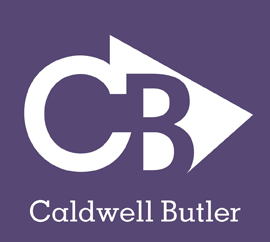

Harris Methodist, a 229 bed facility located in Fort Worth, Texas, is a full service hospital with over 630 employed physicians. Although the hospital has been successfully treating patients for over 20 years, it was experiencing a major problem in its emergency department-slow patient throughput was causing numerous complaints, heavy dissatisfaction and many patients to leave without receiving medical attention. Harris Methodist therefore assumed the role of patient and called Chip Caldwell for help.
Caldwell analyzed each element of the SIPOC process (supplier, input, process, output, and customer) at Harris Methodist to determine causes of wasted time. Observations showed that the total triage cycle time from patient arrival to bed placement was an excessive 42 minutes and the ED-IP cycle time from admit order to IP arrival was also exceedingly long: 89 minutes. Many patients would leave the emergency department without receiving any treatment (LWBS), causing Harris Methodist considerable profit loss. Those patients who did receive medical attention and were admitted to the hospital were staying too long (LOS), causing unnecessary occupying of beds. The scheduled staff hours and their location assignments for the hospital fast track were inefficient, again causing waste. Nurses and physicians were working with paper forms during examinations and the closest printer was still too far away for convenience and speed. Samples sent to the lab for testing could not be tracked by physicians and results were only released by the lab in batches. Those on the medical staff as well as patients were losing time and focus by having to travel a lengthy distance to and from the waiting room, which was located inconveniently. As a result of these and other problems, patient satisfaction was suffering and the Harris Methodist emergency department was at a loss.
In response, Caldwell took action and established specific goals to increase the efficiency of the hospital's processes. CCA then divided the medical staff into teams and designed strategies (through its 100 Day Workout) to achieve those goals.
One of the goals involved implementing a quicker, more focused triage protocol that highlighted the chief complaint of the patient, recent medicines, pertinent history and quick measurements such as height and weight. For Harris Methodist, it was found that efficiency would be increased if the triage was performed inside the examination room as opposed to a separate triage area. To decrease the ED-IP cycle time, the ED implemented a 30 minute admit order to transfer a patient while the IP implemented a 30 minute bed ready response to receive that patient. CCA also implemented technology to more quickly notify the status of a bed (dirty/clean) to the medical staff. When transferring patients, protocol was modified to allow one follow-up phone call in order to improve patient exchange report. These, along with other strategies, were used to decrease the triage cycle time and the ED-IP cycle time.
In response to the other conflicts, the fast track staffing was adjusted and the waiting room's location was changed to decrease wasted time. Electronic signatures for consent were introduced and the printer was relocated closer to the ED department for documents whose paper-form are necessary. An Online Monitor was established exclusively for patients of the ED to allow physicians to track the lab work flow from order, receiving, testing and completion. Similar to a television screen, this device, together with the lab's agreement to release results immediately, removed the barrier causing doctors' delay in treatment. Together, these strategies led to considerable changes.
